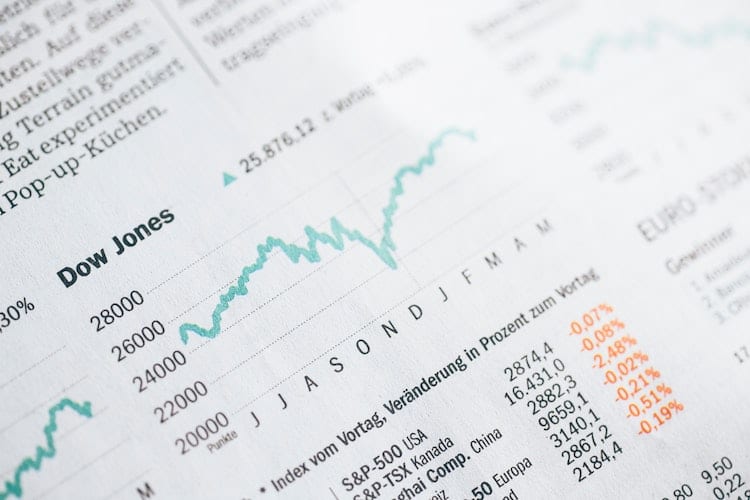What Shape Will Our Economic Recovery Take?

The first 2020 presidential debate was mostly a mess. The 90-minute debate was chaotic, and at a few times nearly devolved into a shouting match. Moderator Chris Wallace did often ask important questions, but rarely did both President Donald Trump and former Vice President Joe Biden give clear answers to questions. The candidates did have different visions of our economic recovery from the coronavirus, though.
The president has indicated that the White House expects a “V-shaped recovery,” while Biden said at the debate that the bounceback will be “K-shaped.” Both candidates agree the economy is recovering, but these different shapes indicate different speeds and degrees of recovery. Here’s what those (and other) terms mean, and what experts think about our recovery.
K- vs. V-Shaped Recoveries
Economists and forecasters use a lot of different letters to indicate the different forms that an economic bounce-back can take. Usually, these terms aren’t nearly as complicated as they sound. The idea of a V-shaped recovery is pretty easy to envision, for instance. In a V-shape, a sharp economic downturn is immediately followed by an equal economic upturn. V-shaped recoveries are ideal for any nation coming out of a recession. The downturn is short and the damage is almost immediately undone.
Similarly, a U-shaped economic forecast would mean that after a slump, we would stay at the bottom for a while before turning back up slowly. There are also L-, W- and J-shaped recoveries, each of which is pretty self-explanatory.
Biden’s idea of a K shape is a bit harder to follow, though. The idea implies that as the economy rebounds, different sectors grow more quickly, and certain groups are left out of the recovery. As opposed to the other recovery shapes, which assume all economic groups move together, K-shaped recoveries show that some sectors may boom while others may still fight through a recession.
Recovery can be deemed K-shaped for a lot of reasons. If higher-income households grow their wealth while lower-income households’ wealth remains stagnant or falls, then the recovery would be K-shaped. Similarly, if the tech industry booms while manufacturing and retail remain slumped, Biden’s projection would be right again. There’s no singular factor that leads to a K-shaped recovery, but often multiple things are contributing at once.
What Kind of Economic Recovery Are We Headed For?
Now that we know what both candidates were talking about, which of them was actually right? It’s hard to project exactly how the U.S. economy will recover (although many are trying).
There is some optimism that we may be in for a V-shaped recovery. Stock prices are hitting record highs, the housing market is booming, and 10 million lost jobs have been recovered. However, the services industry has gotten slammed from the beginning of the pandemic, and many small businesses are still shouldering the economic burden of the pandemic.
And the pandemic is still raging. Until the virus is under control, full economic recovery will be an even greater challenge. While the economy is recovering, and in some areas very quickly, Trump’s vision of a V-shaped recovery may be a bit too optimistic.
This lends some credence to what Biden said. If different sectors are recovering at different rates, and some aren’t recovering at all, then it looks like a K-shaped recovery may be in store. A majority of young Americans are seriously struggling to manage their finances, and despite a housing boom millions of people may face eviction at the end of the year. Before our recovery path can smooth into a V, we need more economic relief and much better virus containment.









